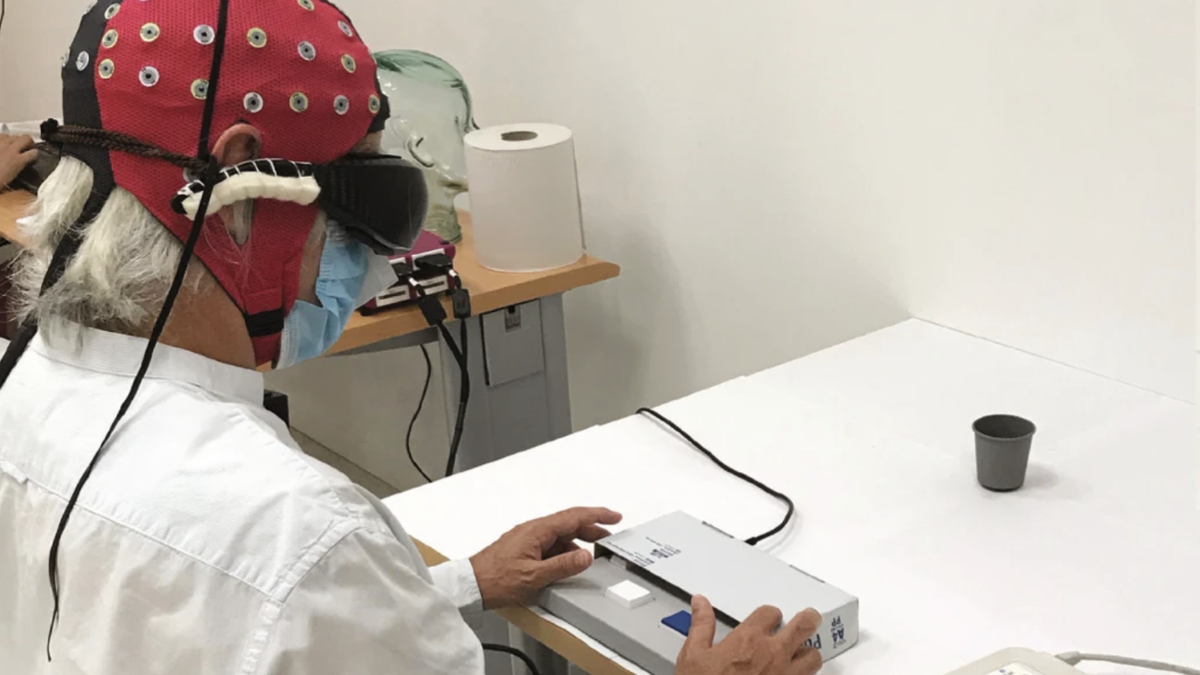
Man Blinded for 40 Years Has Sight Partially Restored Using Gene Therapy
[ad_1]

Researchers say their experimental gene therapy was able to partially restore a man’s eyesight 40 years after he lost most of his vision. The findings are exciting, but the authors of the new study caution that more research will be needed to confirm the effectiveness of this treatment.
Gene therapy has emerged as a promising approach for largely incurable ailments that are often caused by defective genetic mutations. It can include editing the genes of cells collected from the body in the lab, then putting them back in (CAR T-cell therapy for cancer is one example of this) or editing cells inside the body directly, also known as in vivo gene therapy. In 2017, the very first in vivo gene therapy was approved by the Food and Drug Administration. The treatment, called Luxterna, helps prevent people with inherited retinal dystrophy, a rare genetic disorder, from losing their vision completely.
Luxterna is only helpful for people with a form of retinal dystrophy caused by a specific mutation, though, and only before they completely lose their functional retinal cells, which usually happens before adulthood. So scientists have been trying to develop other kinds of gene therapy that can broadly help people with these retinal disorders, no matter the mutation causing it and long after its onset. One approach being tested now relies on something called optogenetics. The idea is to edit nerve cells collected from a patient so that they respond to light in a particular way, which should then essentially turn these cells into a version of the photosensitive cells normally found in the retina that allow us to see.
Researchers in Europe and the U.S. have been working on one of these therapies as part of a Phase 1/2 clinical trial called PIONEER. Like other gene therapies, this treatment uses a neutered adenovirus to deliver its payload to cells: genetic code that allows cells in the retina to produce a protein called ChrimsonR that responds to amber light. They then use specialized goggles to collect information from the outside world and turn that information into pulses of amber light. The hope was that these pulses would then allow the gene-edited retina, and by extension the brain, to perceive visual information the way people with undamaged retinas can—thus restoring sight.
In a paper published Monday in Nature Medicine, the team detailed the case of a 58-year-old patient involved in the trial, who regained eyesight following treatment, albeit with some caveats.
G/O Media may get a commission

The patient, who did retain an ability to perceive light even with his disorder, was given the treatment in one eye. In that eye, and while wearing the goggles, he became able to see nearby objects, to the point where he could reliably tell multiple objects apart from one another and reach out to touch them—something he couldn’t do before. ECG readings also showed brain activity in the man linked to vision. What’s more, these improvements remained even five months after the initial treatment.
The man’s restored vision was only possible while wearing the goggles, and the vision he did gain back was blurry and limited in range. But according to the authors, this is the first evidence in humans to definitively demonstrate that the therapy has potential to someday treat this rare but life-altering form of blindness.
“In this study, we present the first evidence that injection of an optogenetic sensor-expressing gene therapy vector combined with the wearing of light-stimulating goggles can partially restore visual function in a patient,” they wrote.
Other researchers are developing treatments for blindness using optogenetics, some with different approaches than the amber light translating goggles used in this study. Time will have to tell whether any of this research will ultimately pan out. But for now, hopes are high for good reason.
[ad_2]
Source link







